What is it?
Through intersectionality, we have the opportunity to understand better inequalities and overlaps of oppression and discrimination in our society. The term was created by professor Kimberlé Williams Crenshaw, who defined the concept as a way to capture the consequences of the interaction between two or more forms of subordination: sexism, racism e patriarchy. Issues of class, nationality, sexual orientation, gender, physical condition, ethnicity and race are used to oppress people. This means that when we have two or more factors, we are faced with an intersection of discrimination, further pushing people away from having access to their rights. Eg: a black trans gay man will be discriminated for being part of 3 stereotyped categories: race, gender and sexual orientation.
The key factor for diversity and inclusion:
Diversity
Concept that comprehends all human diversity and their differences: culturally, economically, socially, physically and psychologically.
In other words, it’s a group of characteristics that makes each individual unique.

Inclusion:
Attention to minoritized social groups, that due to identity markers are not as well accepted and included as others in social spaces such as education, work, health, leisure, etc. In these minoritized groups, we find LGBTQIA+, black people, refugees, women, people with disabilities, fat people and people in situations of economic and social vulnerabilities.



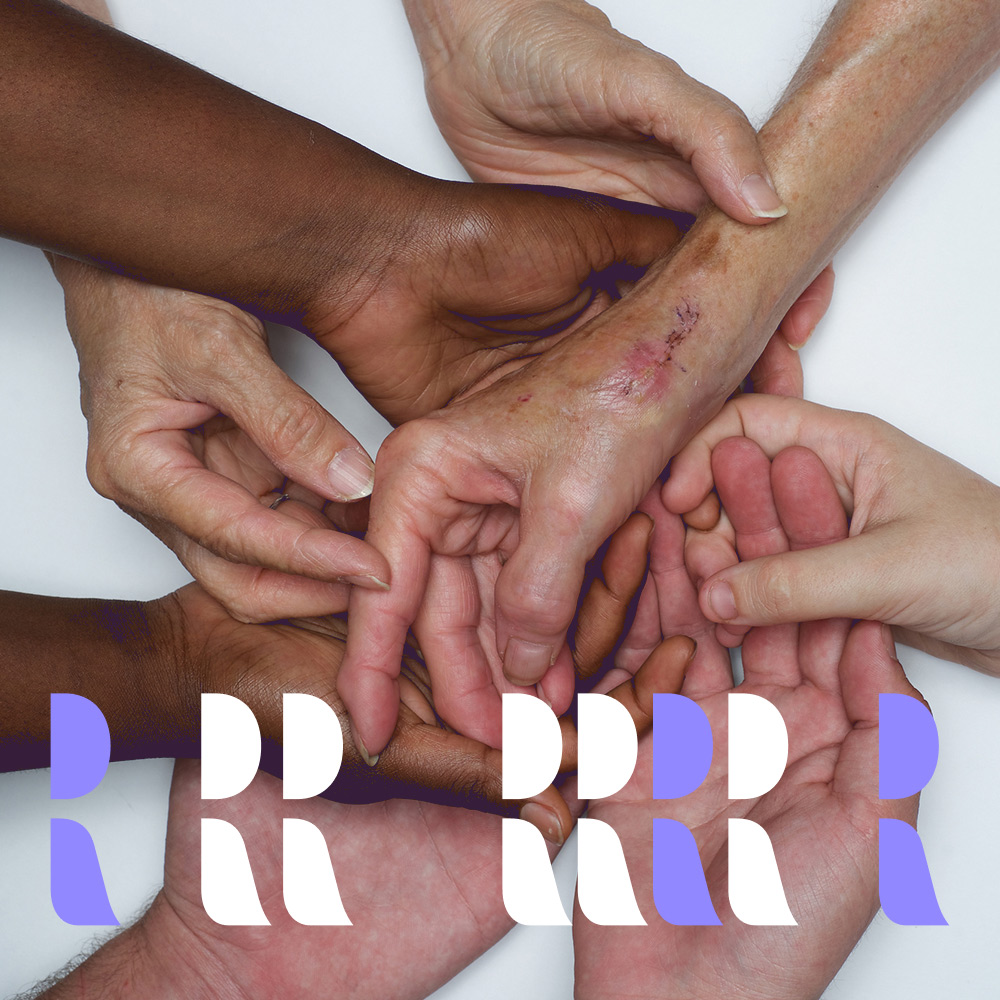







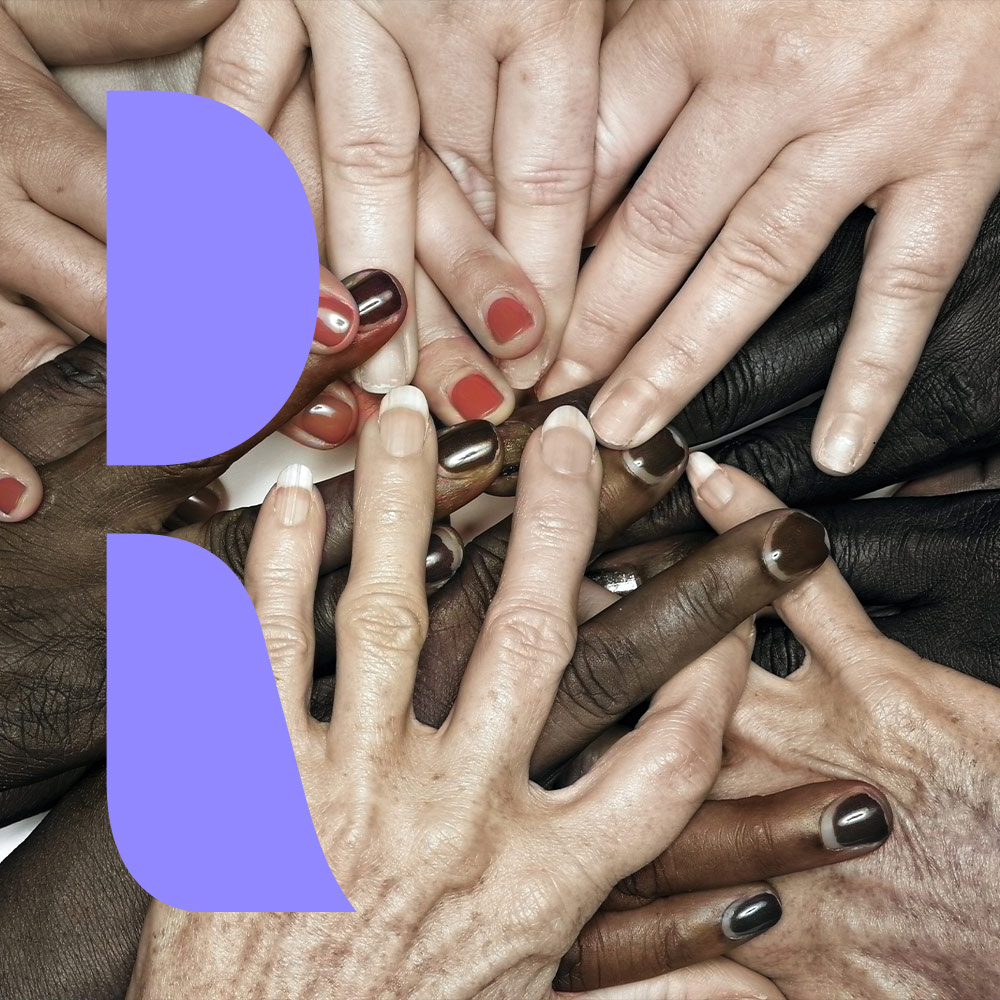

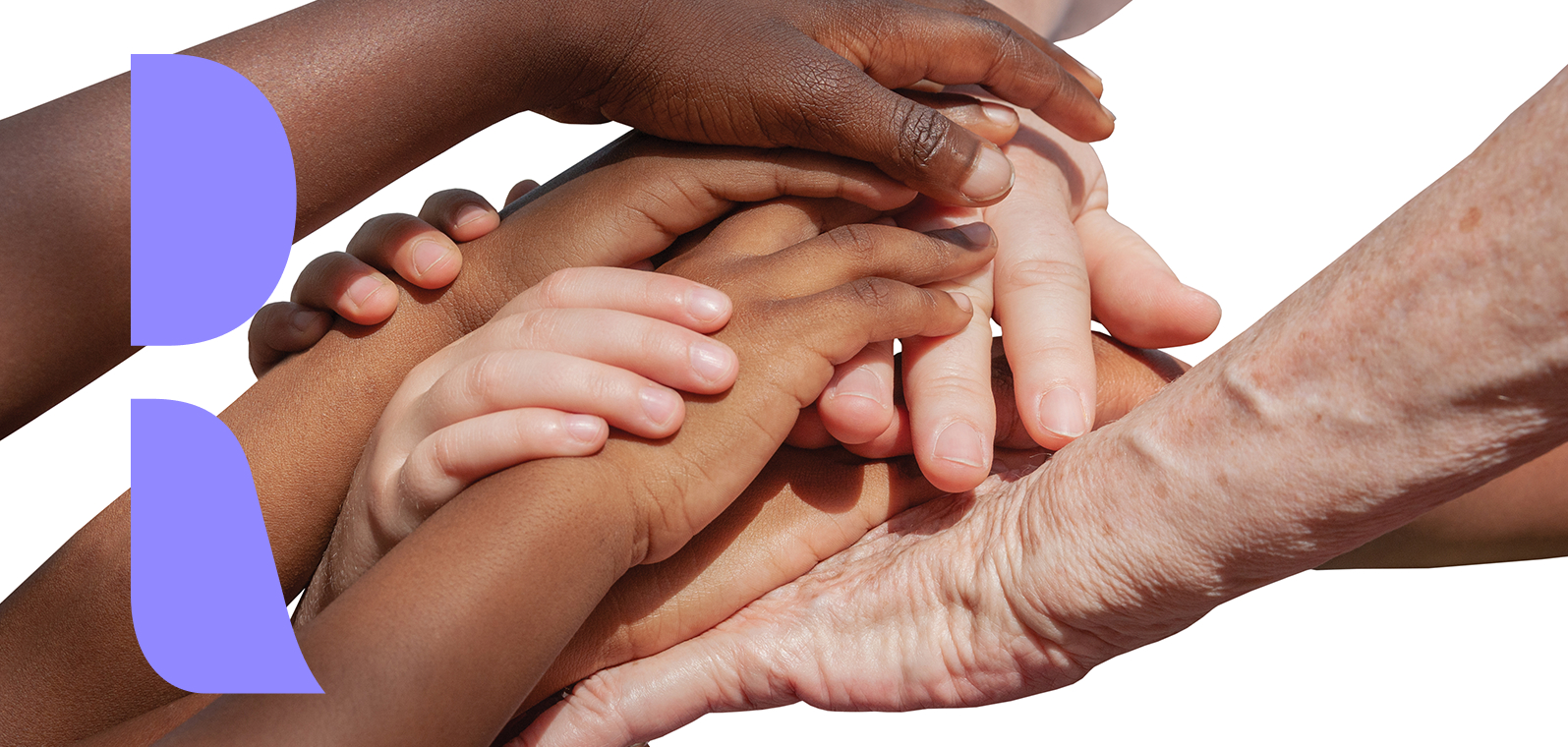
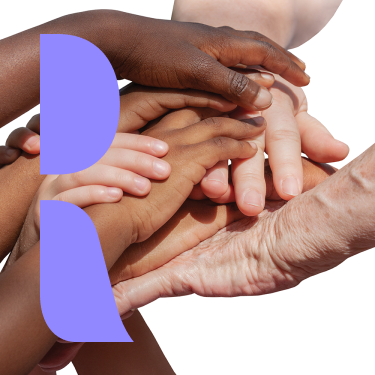
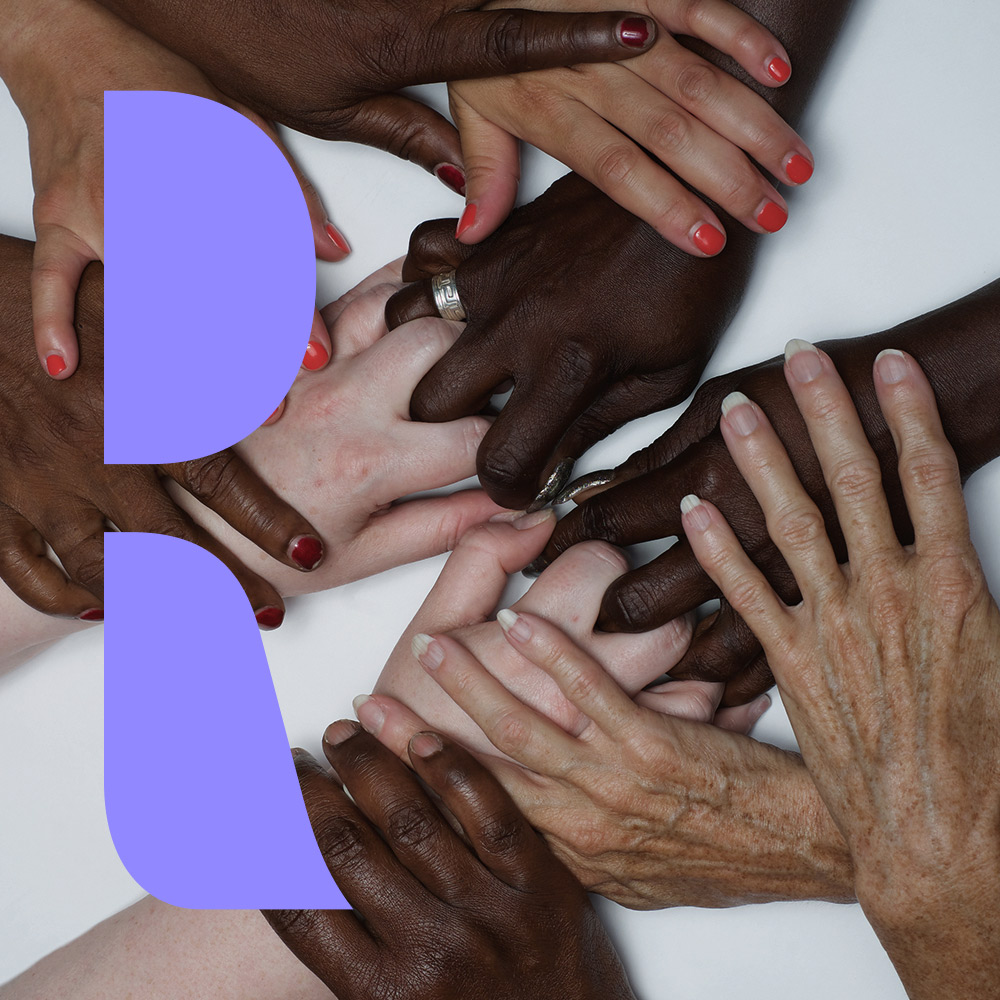

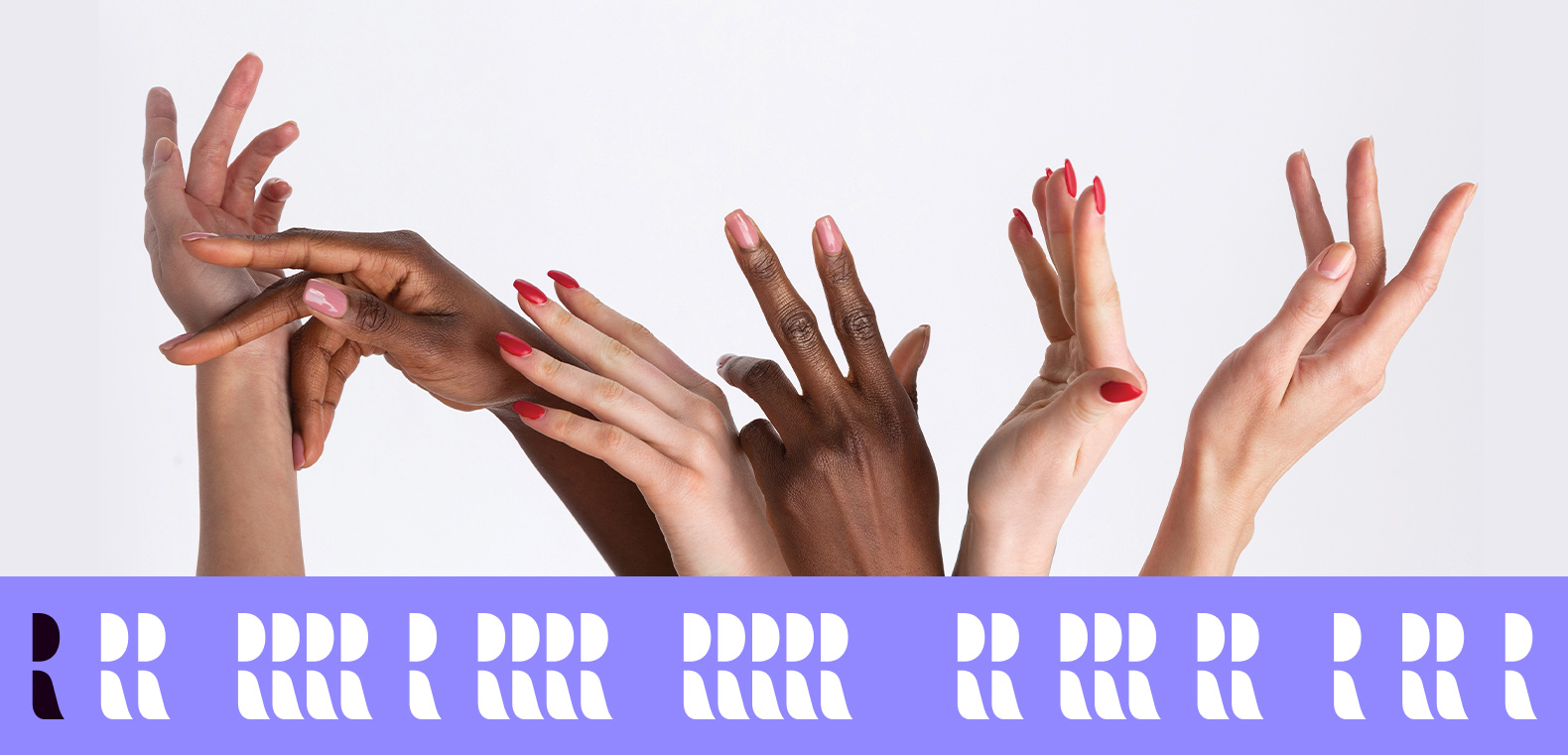
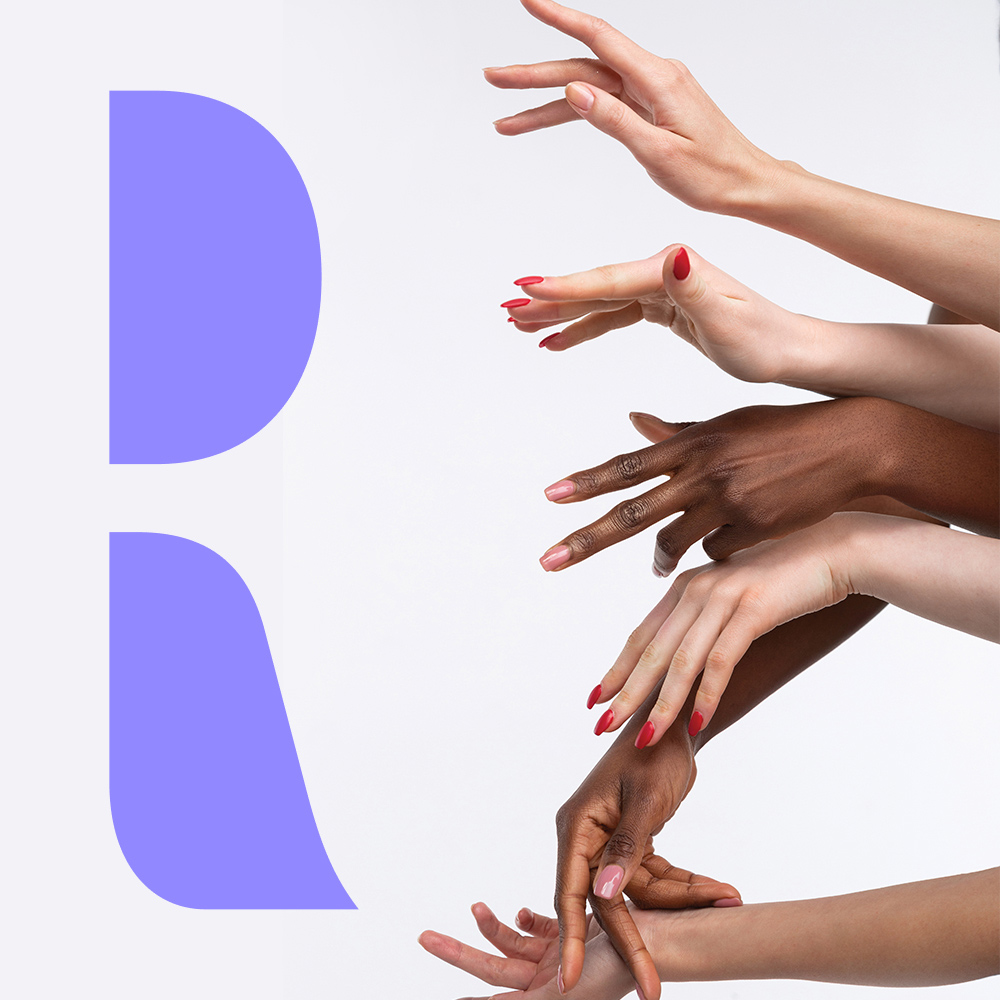
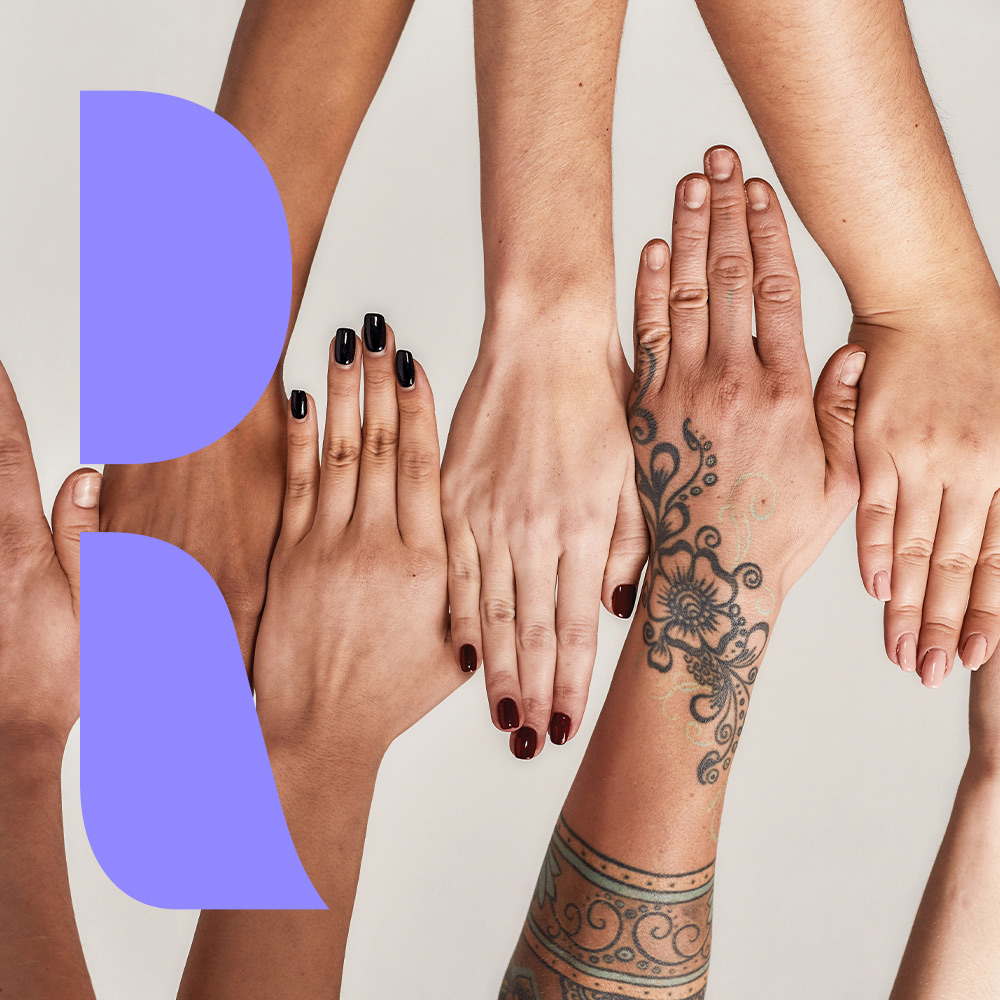



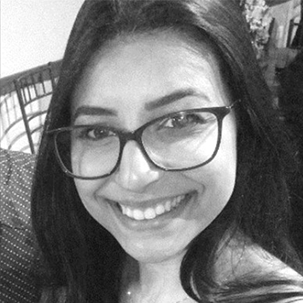
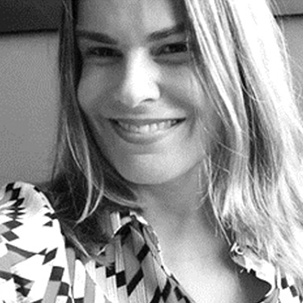



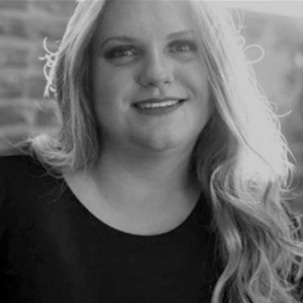
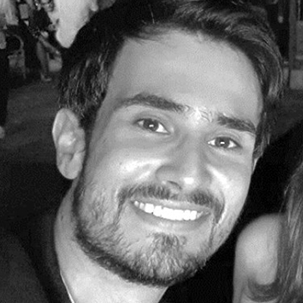
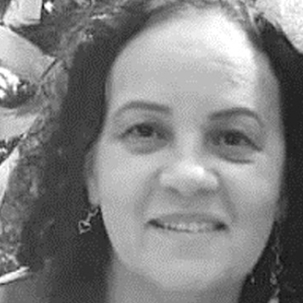

Social
Classes
What is it?
Brazil is marked by social inequality due to the poor income distribution, lack of opportunities, exclusion and invisibility of certain social groups.
Every day, it’s possible to notice the consequences of these differences through social markers, such as:
What should be done?
Dictionary:
Do not say favelas/slums/ghettos, but communities or lowincome neighborhoods.
Do not say poor people, low-class or hoodrat, but people with access to fewer opportunities.
Do not say marginalized/low-class groups, but groups with access to fewer opportunities.